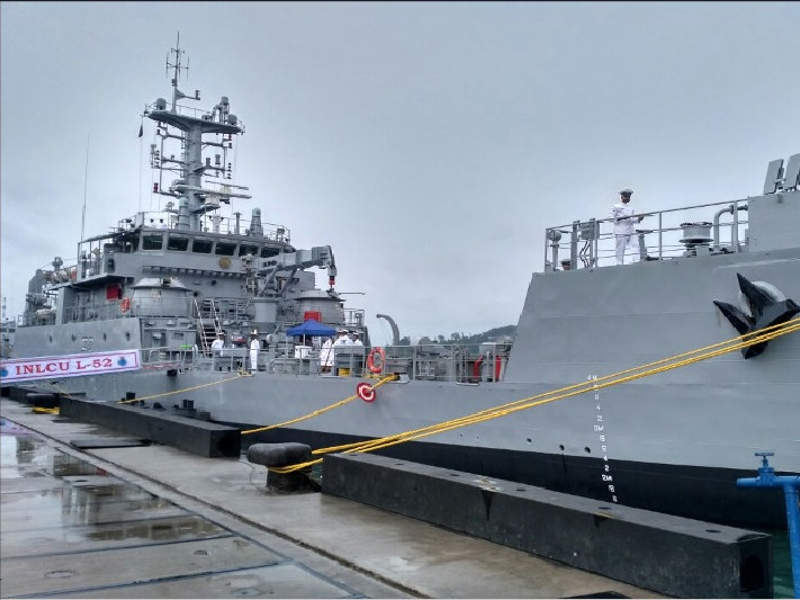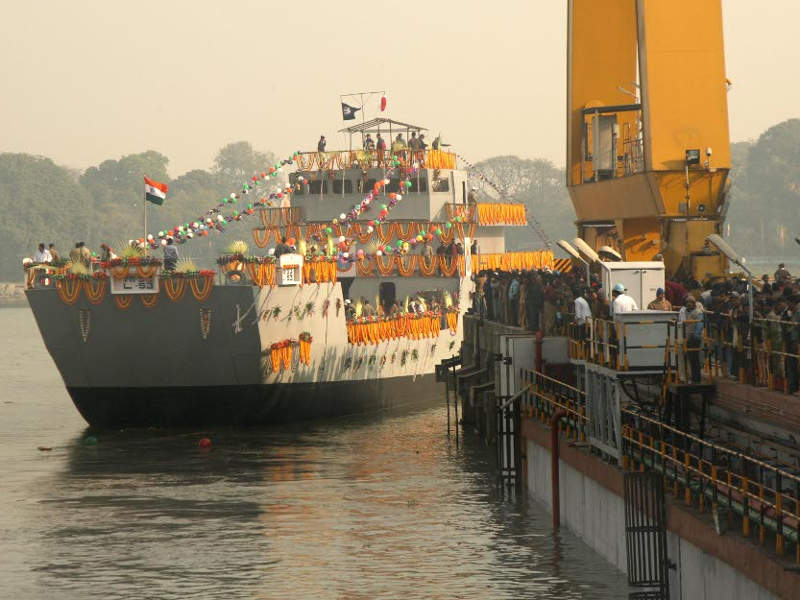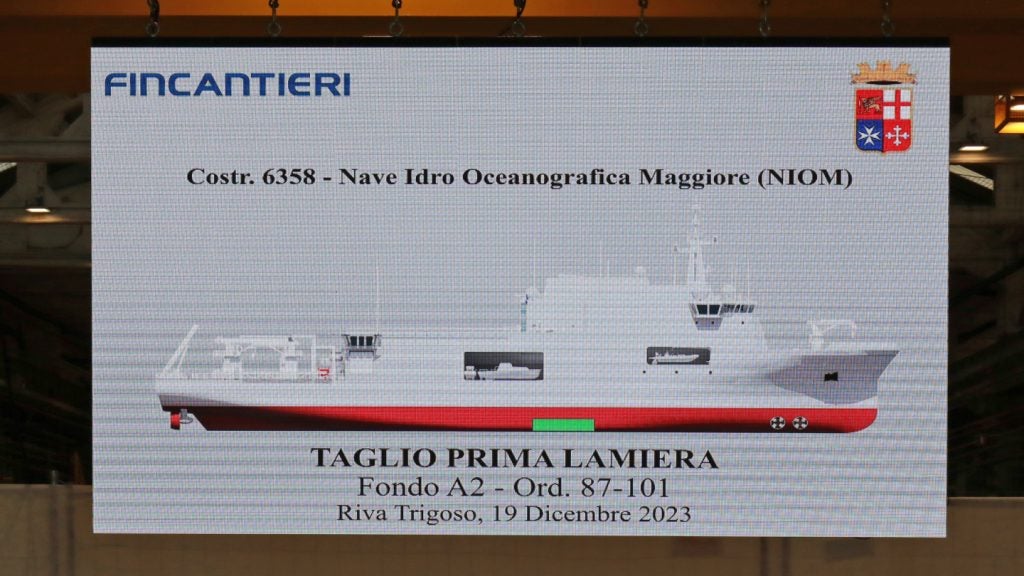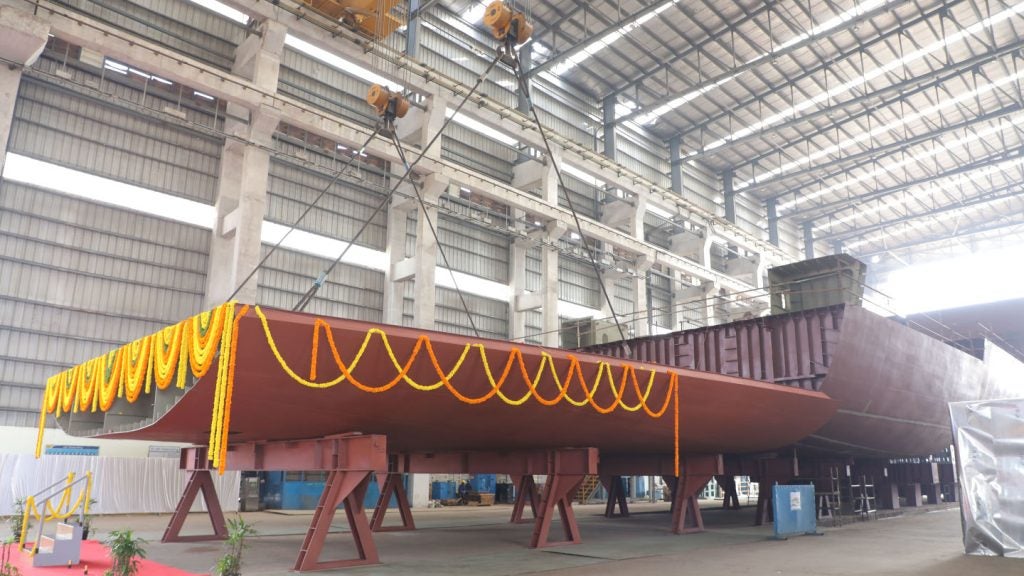The Mk-IV Class landing craft utility (LCU) vessels are built by Garden Reach Shipbuilders and Engineers (GRSE) for the Indian Navy. The ships are intended for multi-role amphibious missions jointly carried out by the Indian Navy and Indian Army.
GRSE was awarded a $340m contract by the Indian Navy for the design and construction of eight LCU ships in September 2011. Construction began in September 2012, and the first ship in class, LCU-L51, was launched in March 2014. LCU-L51 was commissioned into service in March 2017.
The keel for the second ship in the class, LCU-L52, was laid in April 2013. The ship was launched in September 2014 and commissioned in August 2017.
The third and fourth LCU vessels, LCU-L53 and LCU-L54, were launched in January 2015 and May 2015, respectively. LCU-L53 and LCU-L54 were commissioned into the Indian Navy in April 2018 and May 2018, respectively. L55, the fifth LCU in class, was floated out in December 2015.
In March 2016, the sixth ship named L56, was launched, while L57 was floated out in November 2016. The keel for the last and eighth LCU in class, L58, was laid in August 2015, and the vessel was launched in December 2016.
The Indian Navy plans to induct eight Mk-IV Class LCU vessels by 2019. The ships can primarily be deployed in amphibious warfare, search-and-rescue (SAR), disaster relief, replenishment and evacuation operations.
Design and features of the Mk-IV class LCU
The Mark-IV Class LCU was designed in-house by GRSE according to the requirements of the Indian Navy. The vessels are built in compliance with the American Bureau of Shipping (ABS) standards. The LCU features a steel hull and aluminium alloy deckhouse.
The 830t ship also incorporates state-of-the-art equipment and systems, such as the integrated bridge system (IBS) and integrated platform management system (IPMS).
It has a length of 62.8m, beam of 11m and depth of 4m. It can complement a crew of 51, including five officers and 46 sailors, and carry 160 troops.
Cargo capacities of Mk-IV Class LCU
The ship is capable of transporting a range of combat vehicles such as Arjun and T72 main battle tanks (MBTs), as well as wheeled and tracked armoured vehicles.
Its hydraulic ramp fitted at the bow allows the loading and offloading of combat equipment and vehicles during amphibious missions. The LCU is also equipped with a ballast system for the efficient landing of vehicles and equipment.
Armament
The Mk-IV Class LCU is armed with two CRN 91 30mm naval guns that are equipped with BPK 2-42 sight with day and night modes.
Fed by a double-belt gun loading system, the CRN 91 cannon has a maximum rate of 550 rounds a minute and can engage targets within the maximum range of 4,000m with high-explosive incendiary and fragmentation tracer projectiles.
The secondary armament includes two heavy machine guns (HMGs), four medium machine guns (MMGs) and Igla man-portable air-defence systems (MANPADS).
Mk-IV Class LCU communications and countermeasures
The communication systems on board the vessels include a SATCOM – Link II Mod 1 tactical datalink and ELK 7036 communications intelligence (COMINT) system.
The surveillance and countermeasures are complemented by the MiniPOP surveillance system and Sanket S electronic support measures (ESM) system respectively.
Propulsion
The Mk-IV Class LCU is powered by two MTU 16V 4000 M53 marine diesel engines coupled to a twin-propeller fixed-pitch propulsion system. Each engine drives a Fundivisa fixed-pitch propeller through a Reintjes WAF 763 P reversible-reduction gearbox. The maximum power output of each engine is 1,840kW.
The propulsion system enables the LCU to attain a maximum speed of 15k and range of more than 1,500nmi.










